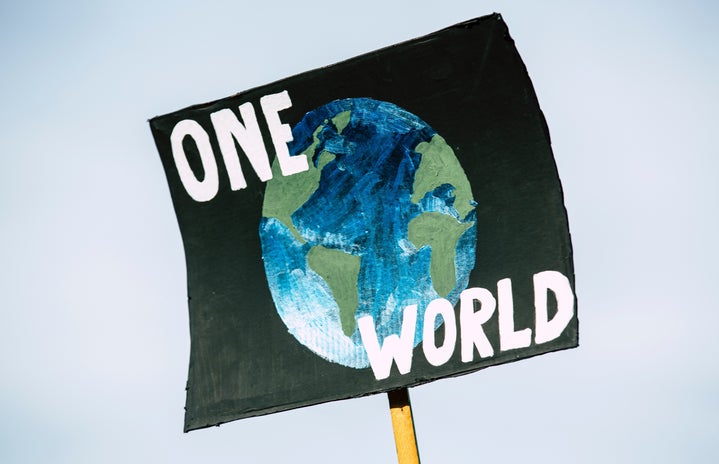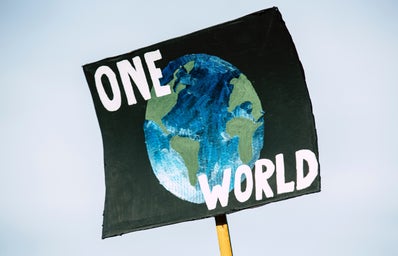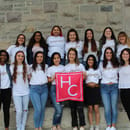I think we all can agree that planet Earth is a beautiful place, and she offers humanity various amounts of resources and opportunities. However, most of the time, those resources are taken for granted and exploited, leading to adverse consequences, such as climate change. Climate change has been a topic on my mind a lot recently. Thanks to one of my wonderful professors here at Virginia Tech, Jennifer Lawrence, and her intriguing course, Global Environmental Issues, I have had the opportunity to indulge myself in the issue of climate change. I have realized that while most of the population understands that climate change is a big deal, we are not educated on how severe the issue is and the practical solutions that we can take as individuals. By the end of this article, I hope you find yourself excited and educated more on ways you can make a difference and want to share that knowledge and feeling with those around you.
Education is critical when discussing climate change, so I wanted to revisit something I was taught when I was a kid. Many of us know the phrase, “Reduce. Reuse. Recycle.” But do you know what that means, or do you just skip straight to the recycling part? “Reduce. Reuse. Recycle.” is supported to be a step by step way that you can reduce your carbon footprint and make an environmental change. I am going to break each step down and show you ways to implement them.
Reduce
What does reduce exactly mean? Reducing is all about creating less waste. In 2018, just in the US alone, more than 292.4 million tons of waste was generated. That is about 4.9 pounds of waste per person per day.2 Ridiculous, right? The whole idea behind reducing is to get these numbers down. The majority of the stuff we buy are things that we don’t need or purchased with less packaging or in bulk. Here are some ways that you can reduce your daily waste.
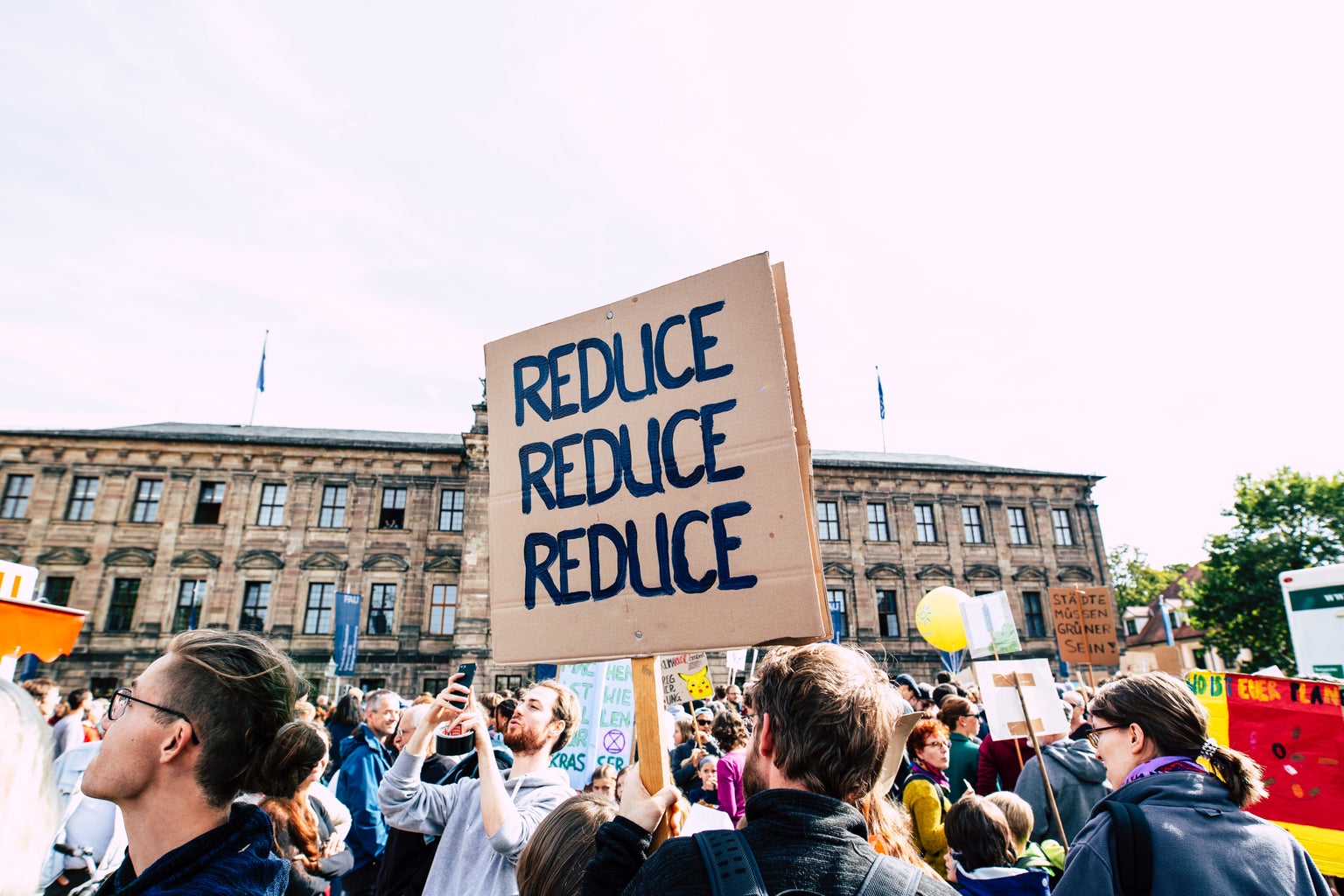
Look for products that use less packaging When buying products, look for ones that offer less packaging. That can mean buying a product that comes in a glass jar instead of plastic. Many grocery stores offer multiple versions of the same product, and while the glass product might be slightly more expensive, it usually contains better ingredients. Glass is 100% recyclable and overall is the better option. When a manufacturer makes an effort to reduce the amount of packaging used with their products, they are making efforts to reduce their waste and yours. Another option to consider is to buy items that you use every day in bulk. When you buy in bulk, less packaging is used, and you save money.
Donate One person’s trash is another person’s treasure. And with today’s strong DIY community, I can promise you that someone else will find a purpose for what you find useless. There are a ton of ways you can get rid of your items without throwing them away. If you are short on money, I first suggest listing your items on an online selling platform, such as Facebook Marketplace, eBay, Craigslist, Poshmark, and much more. You can also try having a yard sale or taking your clothing items to your local thrift store or somewhere like Plato’s Closet. For the things that you cannot sell, or if you’re feeling generous, you can donate them at your local donation center, such as Goodwill and Habitat for Humanity. By donating your unused items, you’re not only reducing your waste, but you are helping others.
Reuse
Once you have mastered the practice of reducing, reusing comes naturally. Reusing focuses on how you can use certain items again before replacing them. We employ thousands of different products every day, but changing a handful of those to reusable significantly reduces your waste and saves money. Overall, there are thousands of ways you can switch to reusable products; it just all depends on much change you are willing to initiate. I suggest starting with one thing at a time, and when you master one product, try another one! If you are interested in reusable products Amazon has a wide selection of products, but many stores like Target and Walmart will have options as well.
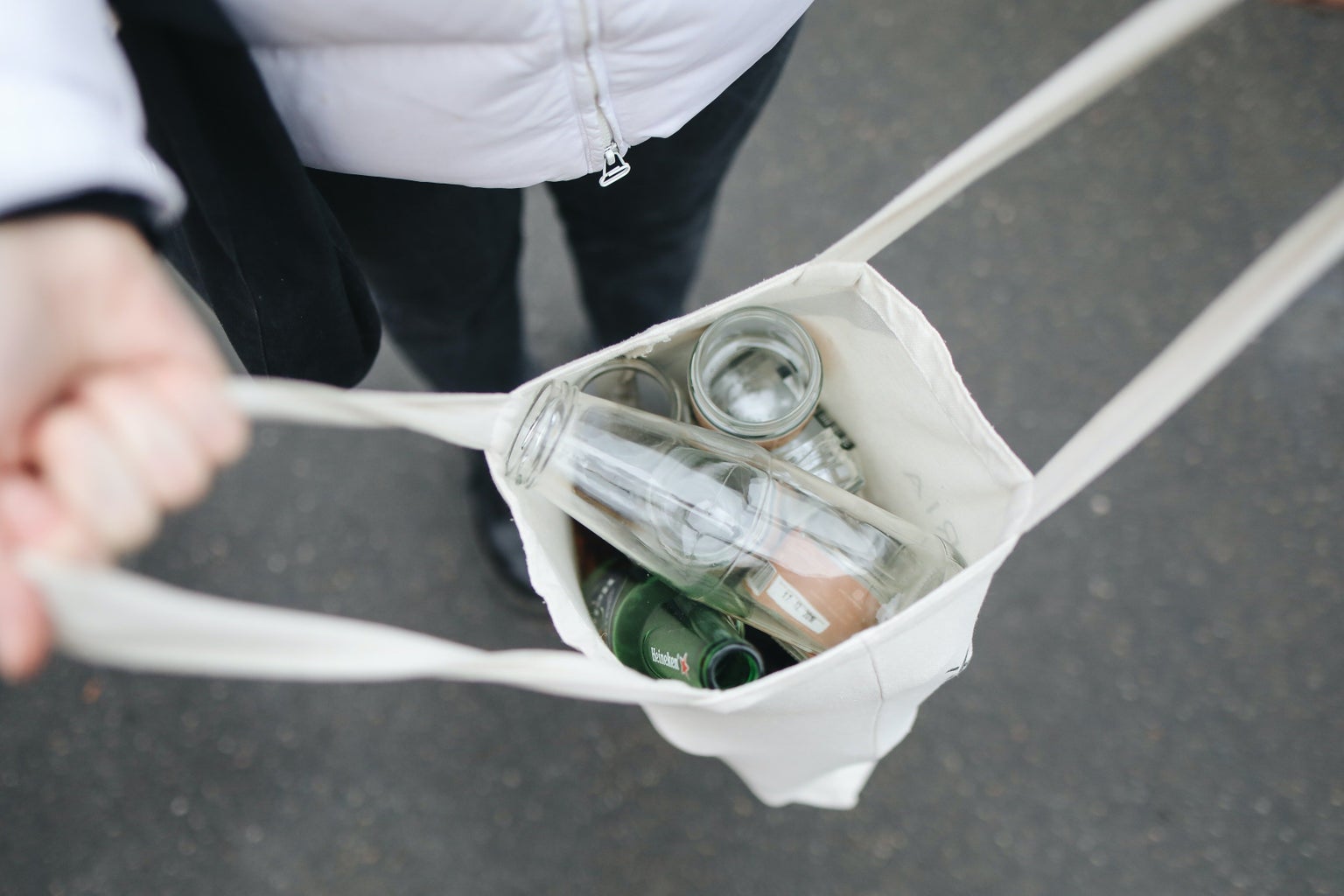
Reusable Hygiene Products It is hard to give up your favorite products; trust me, I know. But there are so many other products out there that are better quality and are eco-friendly. Take body wash, for example, instead of buying a bottle of body wash, buy a bar of soap instead. The differences between Dove body wash and Dove bar soap are minimal. Another alternative is using reusable makeup remover pads instead of disposable ones. These are easy to use and clean, and you also save money on not having to buy new ones every month! Another alternative that is a bit more extreme is switching to solid shampoo and conditioner. This option might not be for everyone considering some have more complicated hair than others. But if you use generic shampoo and conditioner, consider switching to solid forms!
While making the change to reusable products is a step in the right direction, we are human and make mistakes. There will be times when you forget to take your reusable grocery bag with you to the store or end up getting plastic utensils in your takeout. It’s okay! This is where reuse comes into play. If you find yourself with plastic bags, instead of throwing them out, try reusing them to clean out your cat’s litter box or pick up after your dog, or use it to collect lent in your laundry room or as a waste bin cover. There are hundreds of ways to reuse plastic bags. Before you throw something away, really think of alternative ways it could be used rather than it ending up in a landfill.
Recycle
Recycling! The process we are all most familiar with! But do you understand recycling? Recycling is focused on separating items that can be recycled instead of throwing them away. Deciding to recycle is the first step, but each product is recycled differently, and you must recycle them the correct way. It is also essential to understand your local recycling laws. Each community has a different process, so make sure you look up your responsibility as a community member.
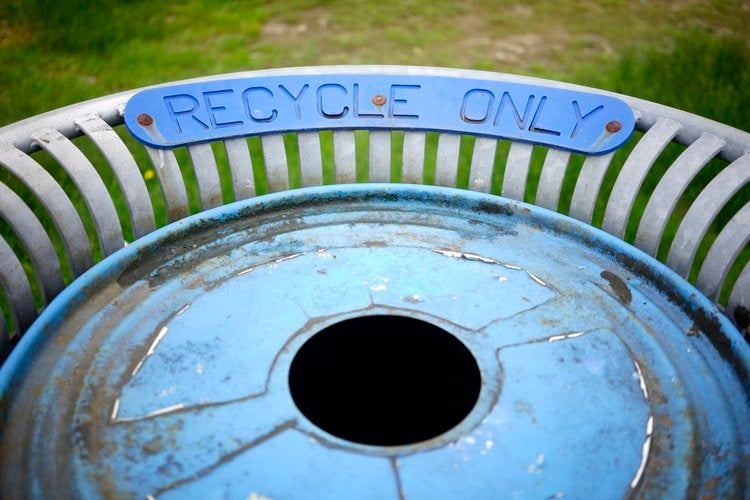
Batteries Batteries are typically not thought of as recyclable, but you aren’t supposed to throw them away either. Batteries that can be recycled include alkaline and carbon zinc, mercuric-oxide, sliver-oxide and zinc-air, and lithium batteries.1 While you can’t throw these items straight into your local recycling bin, various stores provide battery-specific recycling bins, such as Advance Auto Parts.
Plastic Plastic is one of the most challenging products to recycle. Plastic makes up more than 12% or 35.7 million tons of the waste generated in the United States each year.1 Plastic manufactures developed a symbol, the green triangle, that indicates the kind of plastic resin used, allowing consumers to know whether it can be recycled. This symbol is often mistaken for the recycling symbol, but they are not the same. Each triangle contains a number within and represents a specific kind of plastic. It is essential to know what each symbol means and whether your local recycling business accepts it. Some use these symbols to indicate what can and cannot be recycled, and some do not. For example, my local recycling center does not use them.4 Instead, they indicate they do not accept hinged plastic containers or any microwaveable/heat-resistant plastic on their website. But they do accept plastic bottles, tubs, and jugs. Additionally, plastic bags are not accepted at most recycling centers that are considered single streams. However, many grocery stores have recycling bins that are specifically meant for plastic bags.
More materials are recyclable, but they each have their own recycling process. If you are not sure if something is recyclable or not, there are tons of resources available online, or you can contact your local recycling center, and they can help you.
Recycling is an integral part of becoming more environmentally friendly, but it is not the only one. Being environmentally aware is critically important and will provide you with a solid starting base. I want you to look at your life and distinguish what you think you can change. Whether it’s switching to reusable products or making an effort to recycle properly, anything is better than nothing. Many, including big corporations and government officials, understand the severity of climate change but still have not implemented effective policies that would put us on the right path to a better future. So, unfortunately, the responsibility lies on our shoulders in the meantime. While one person making a change isn’t going to drastically reverse climate change, it will help. And if that one person can make an impression on another, then a chain reaction is created. You are making a difference by saying no to plastic and yes to more eco-friendly and reusable products. If enough people can make enough noise, eventually, someone will hear us.
References
- “How Do I Recycle?: Common Recyclables.” EPA, Environmental Protection Agency, 5 Mar. 2021, www.epa.gov/recycle/how-do-i-recycle-common-recyclables.
- “National Overview: Facts and Figures on Materials, Wastes and Recycling.” EPA, Environmental Protection Agency, 28 Jan. 2021, www.epa.gov/facts-and-figures-about-materials-waste-and-recycling/nation…
- “Plastic Pollution Facts: PlasticOceans.org/the-Facts.” Plastic Oceans International, 4 Feb. 2021, plasticoceans.org/the-facts/#:~:text=Quite%20simply%2C%20humans%20are%20addicted,at%20least%20several%20hundred%20years.
- “What Can I Recycle?: Frederick County MD – Official Website.” Frederick County, frederickcountymd.gov/3549/What-Can-I-Recycle.
